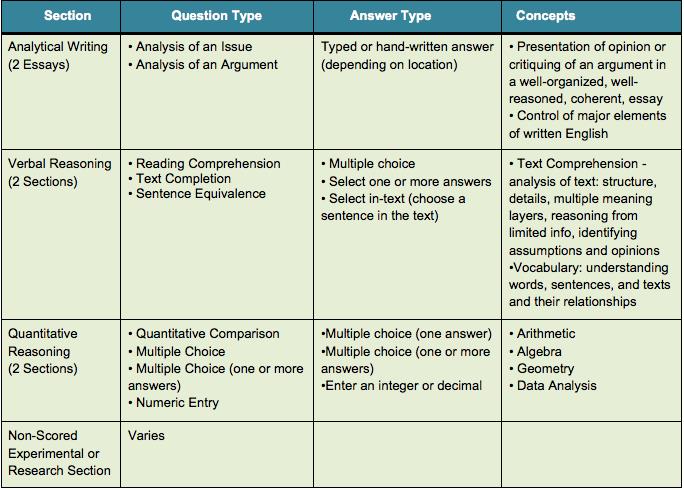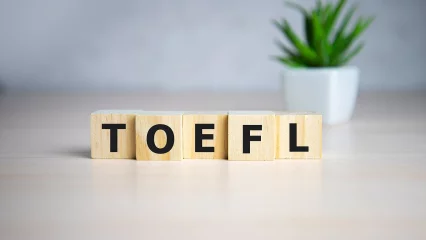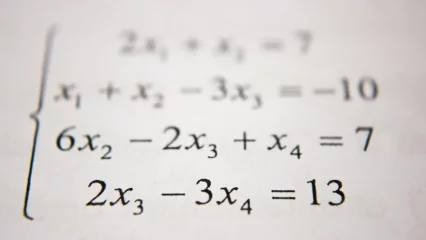PrepAdviser suggests that you check out the latest advice provided by GMAT Tutor as their experts delve deeper into what you might expect in both exams:
A recent article we published discussed the general differences between the GRE and GMAT. Let’s delve deeper into what you might expect in both exams.
In general, both exams test similar skills. In the Quantitative sections, you are being tested on high school level math: algebra, geometry, arithmetic and data analysis. In the Verbal sections, you will need to have decent reading skills and, to varying degrees, critical reasoning skills.
However, the GRE's Verbal section is vocabulary-centric and emphasizes more humanities-like treatment of text. On the other hand, the GMAT has a major grammar component, and delves deeper into critical reasoning. Also, the GMAT’s math is considered more difficult because of its Data Sufficiency questions, which do not exist in the GRE.
Finally, the GMAT’s Integrated Reasoning section focuses on what schools and future employers seek in candidates: the ability to work with big data. However, schools are still not seriously considering IR scores in their admissions decisions.
GMAT breakdown

GRE breakdown

So which exam should you take?
The decision on which exam to take depends on the individual student and his or her needs. The GMAT is still the standard exam for MBA applicants, and many employers also look at GMAT scores.
The GRE casts a wider net because it’s the general test for most graduate programs, and it is gaining further traction with MBA programs. A more humanities-based student with weaker math skills would probably prefer the GRE, while a student with strong math skills but a weaker vocabulary may prefer the GMAT. Just remember that many business schools and employers in relevant fields may expect candidates to have stronger math skills.
In the end, both require serious preparation and practice, and you should think seriously about what your goals as well as your strengths and weaknesses are before deciding which test to take.
Read the original article on the blog of The Economist’s GMAT Tutor



